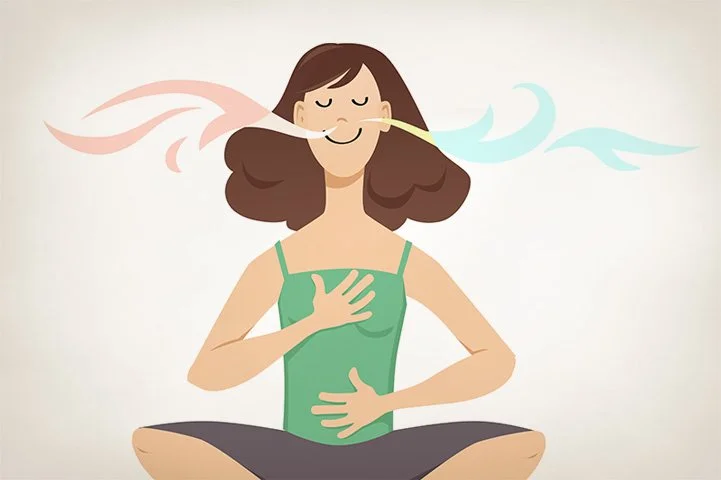Pranayama is the practice of controlling the breath in yoga. The word "pranayama" comes from the Sanskrit words "prana" (life force energy) and "ayama" (to extend or regulate), and the practice is believed to help balance the flow of prana through the body, calm the mind, and promote overall health and well-being.
There are many different types of pranayama practices, each with their own specific techniques and effects on the body and mind. Some of the most common pranayama practices include:
Ujjayi breath: A slow, deep breathing technique that is often used during yoga asana practices to help calm the mind and enhance concentration.
Kapalabhati breath: A rapid, forceful breathing technique that is used to stimulate the digestive and respiratory systems and increase energy levels.
Nadi Shodhana breath: Also known as alternate nostril breathing, this practice involves breathing through one nostril at a time and is believed to help balance the flow of energy through the body.
Bhramari breath: Also known as bee breath, this practice involves making a buzzing sound while breathing and is believed to help calm the mind and reduce stress and anxiety.
Pranayama practices can be done on their own or as a part of a larger yoga practice, and they are often used as a preparation for meditation or as a standalone practice to promote relaxation and mental clarity.
It's important to approach pranayama practices with mindfulness and respect, and to consult with a qualified yoga teacher or healthcare professional to determine if they are appropriate for your individual needs and health status.
